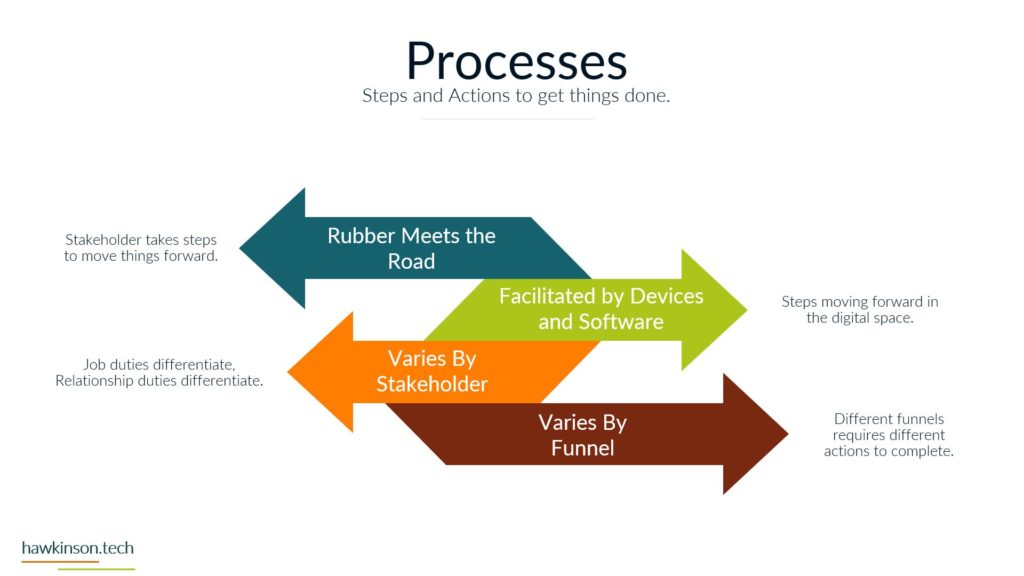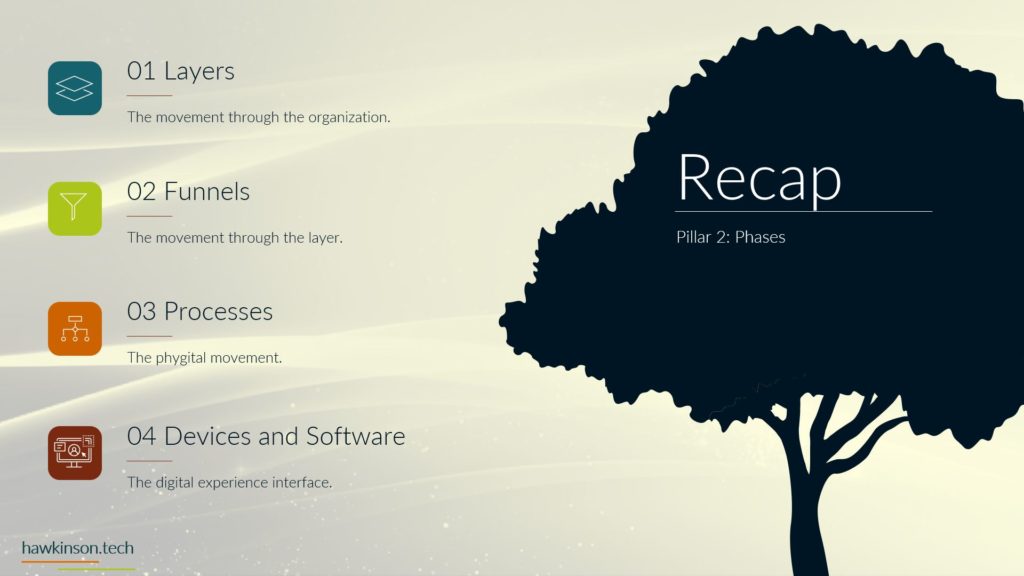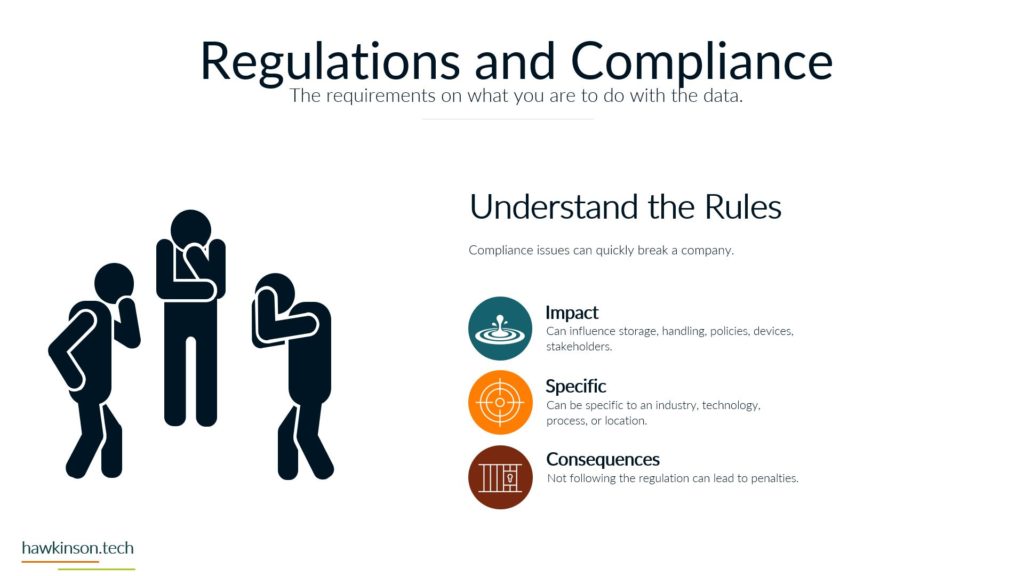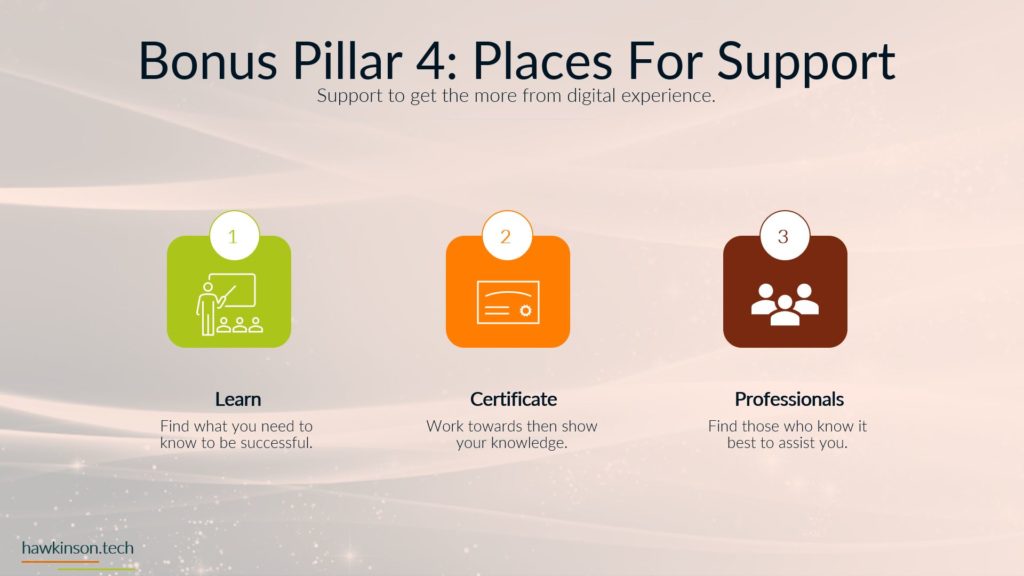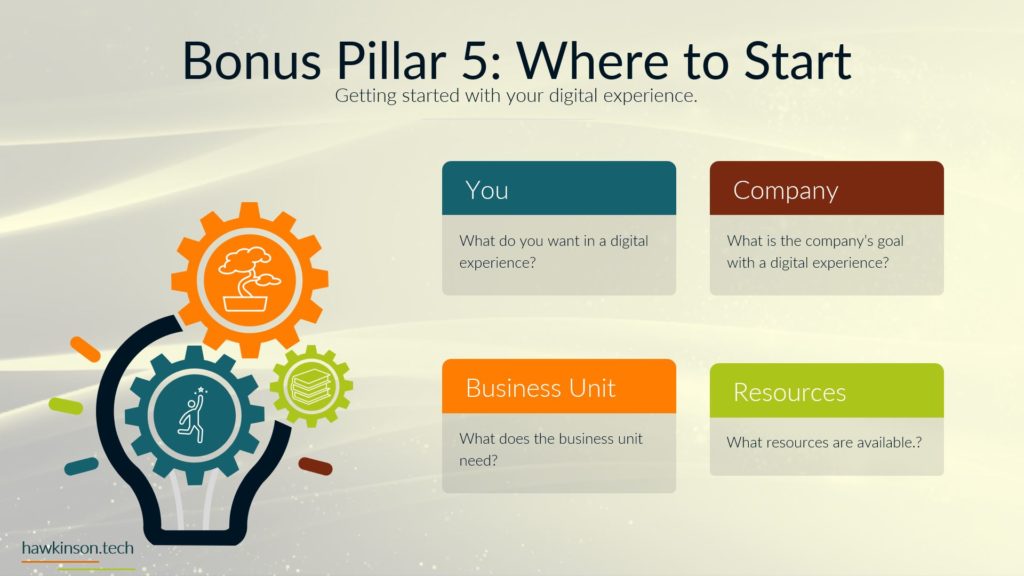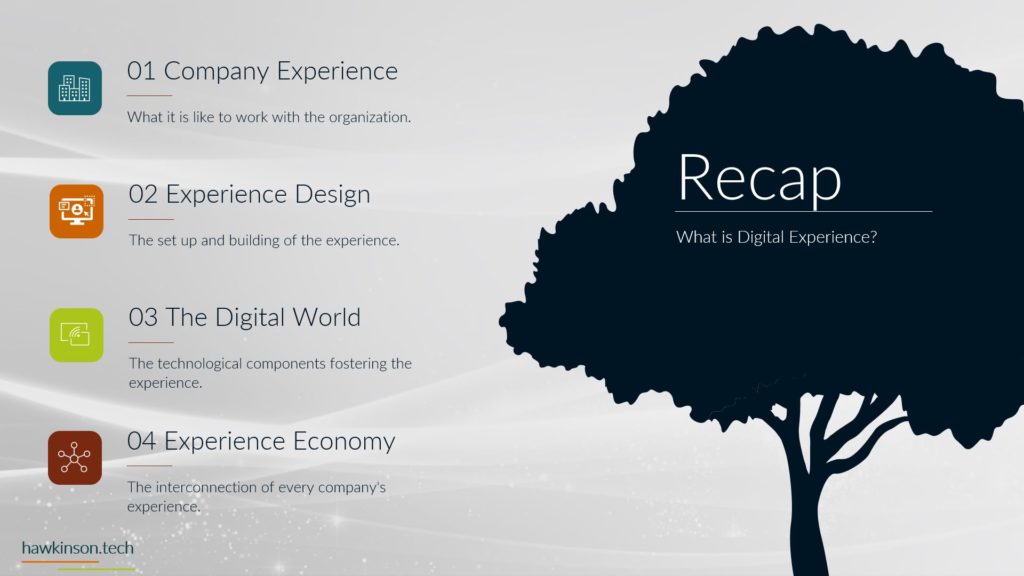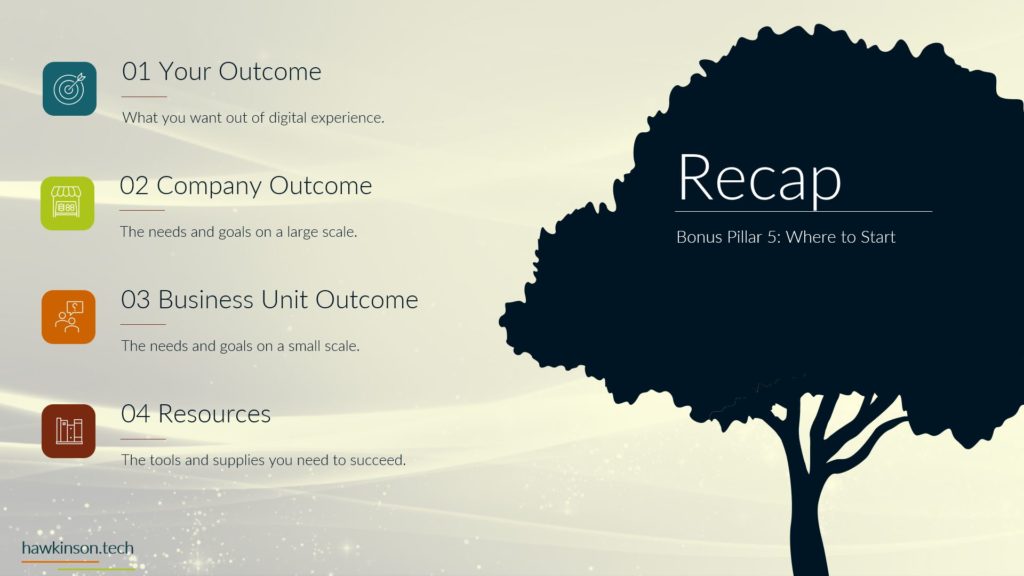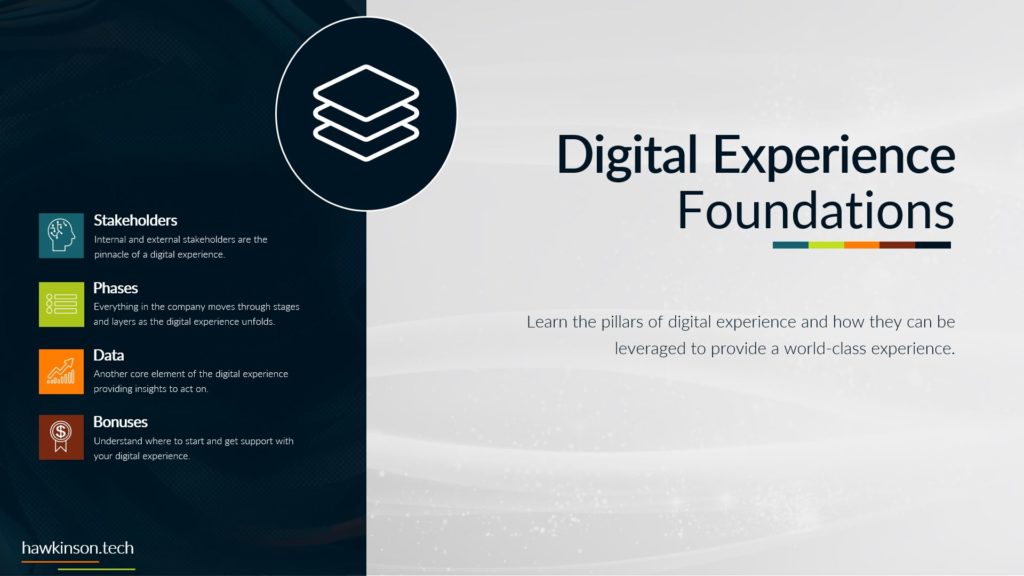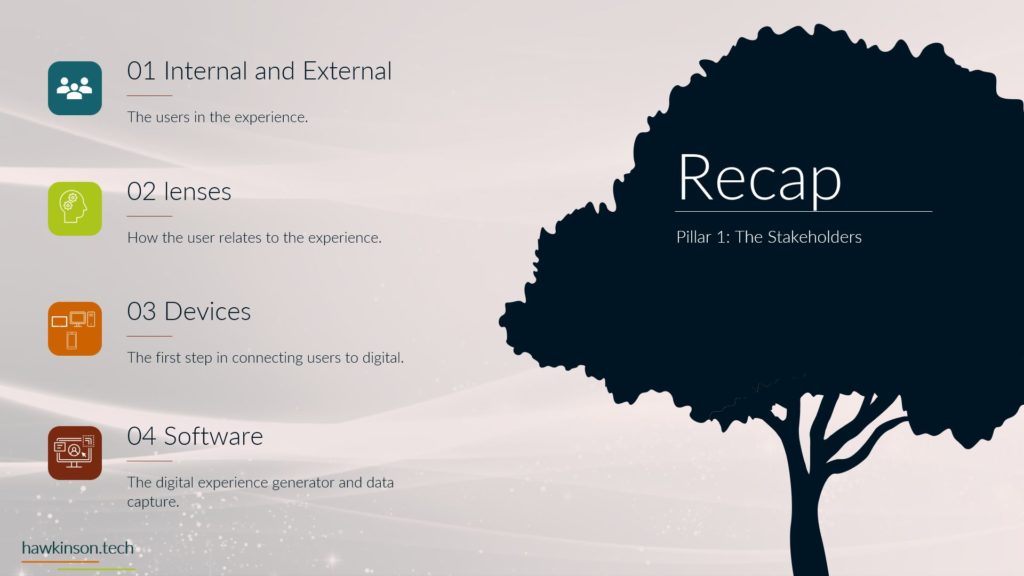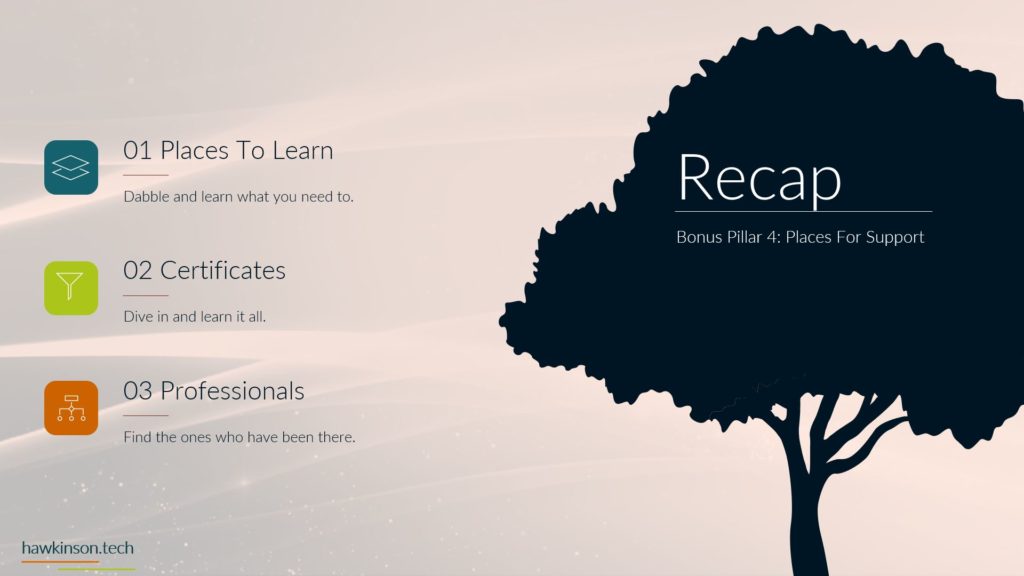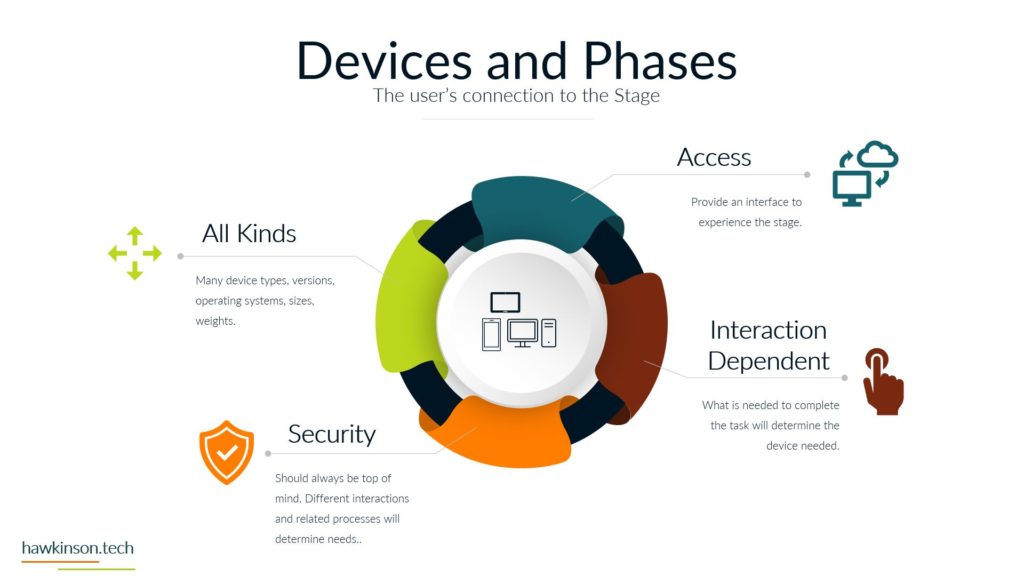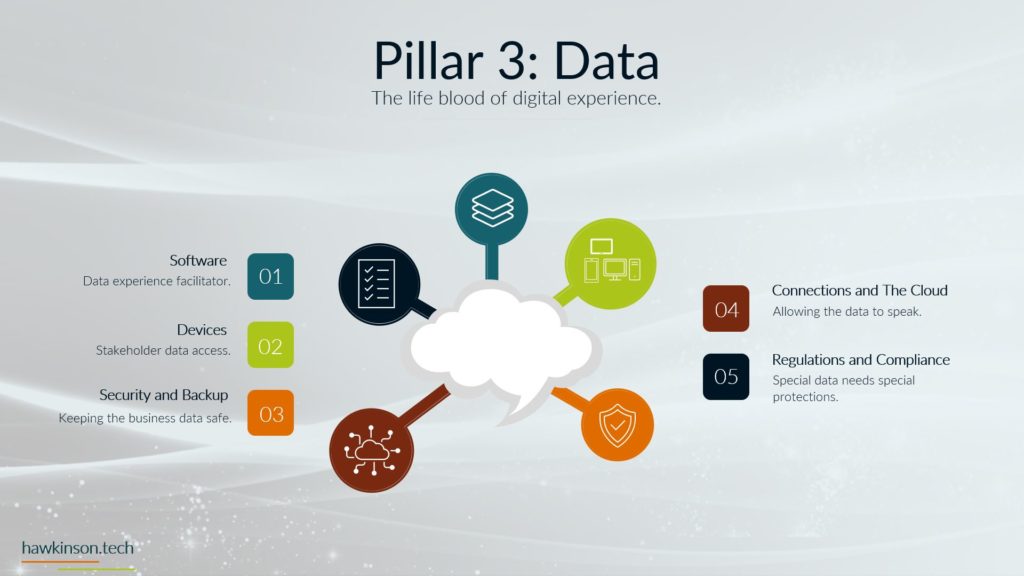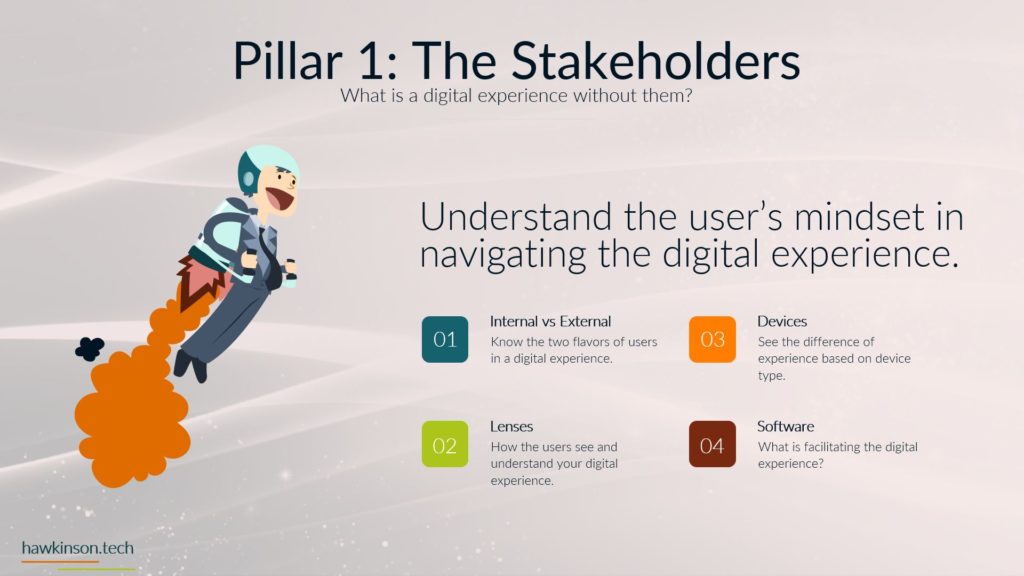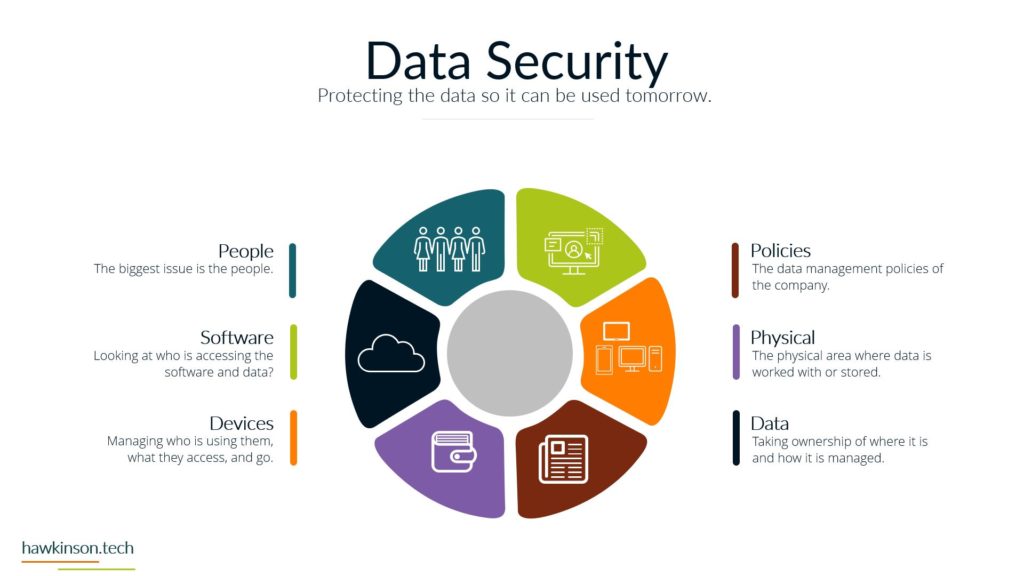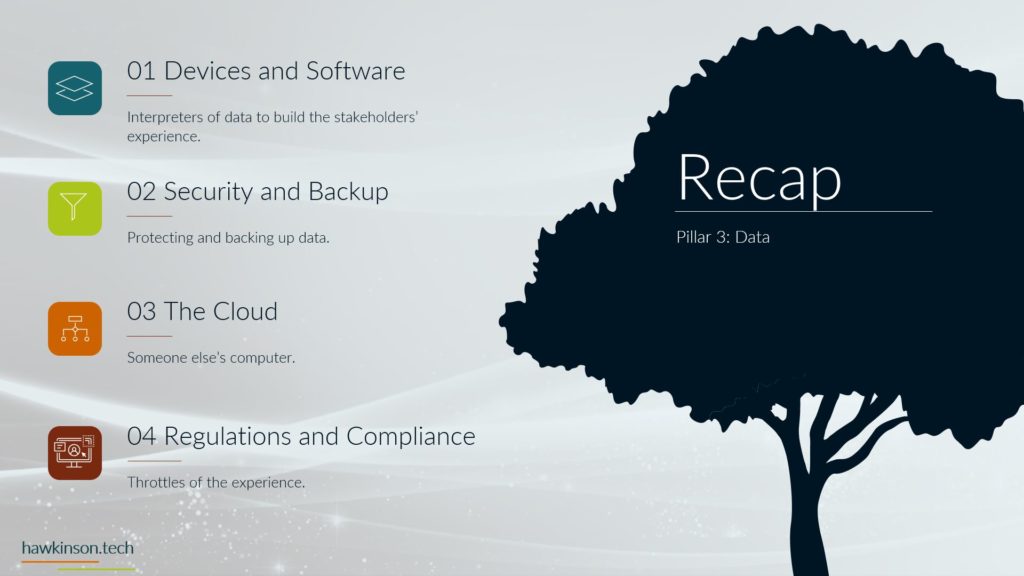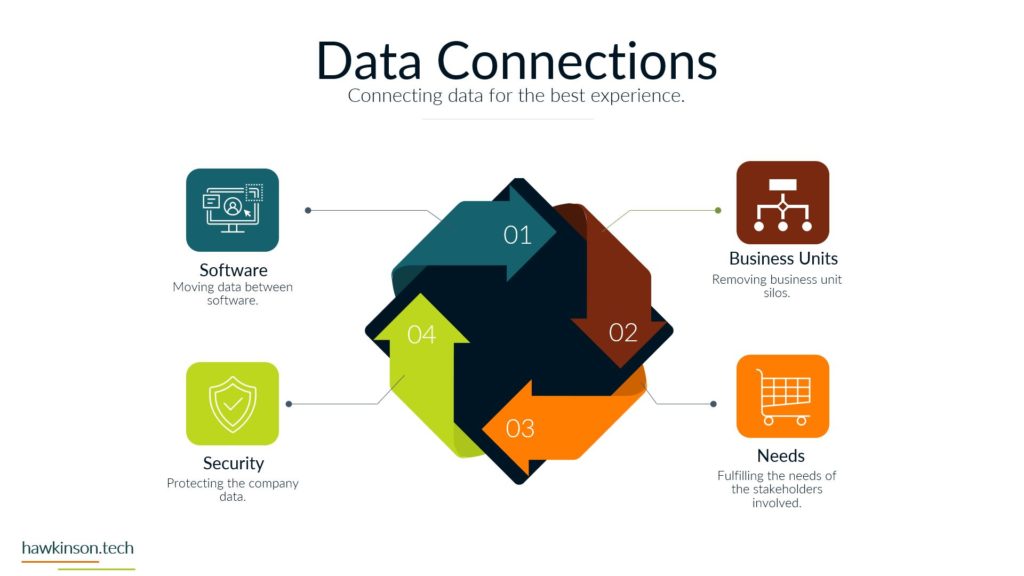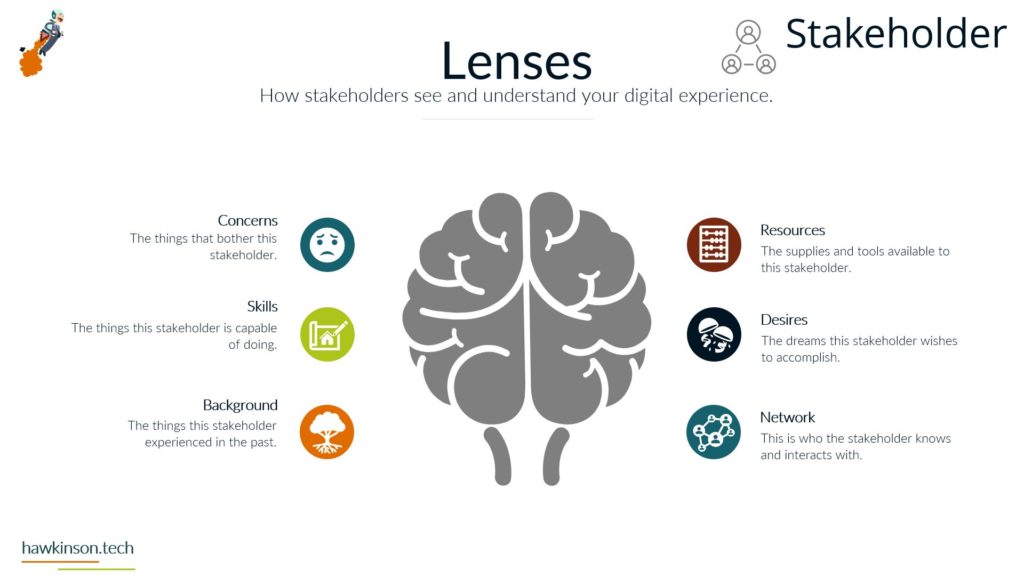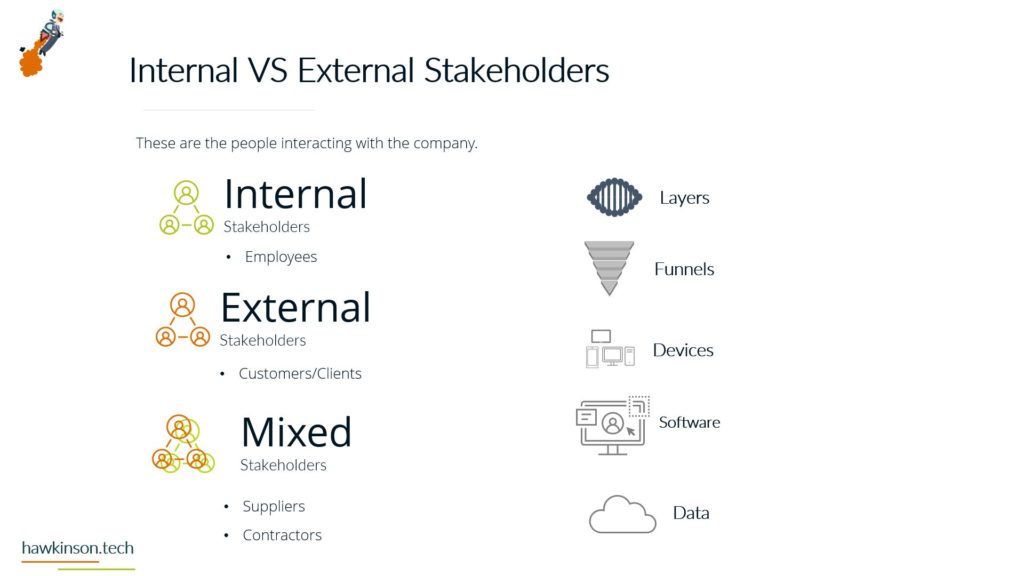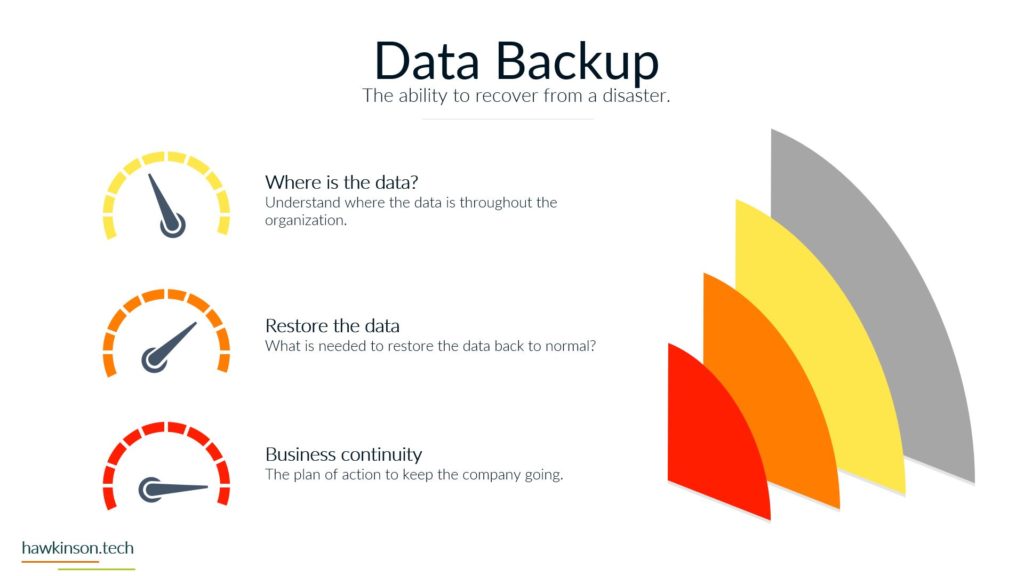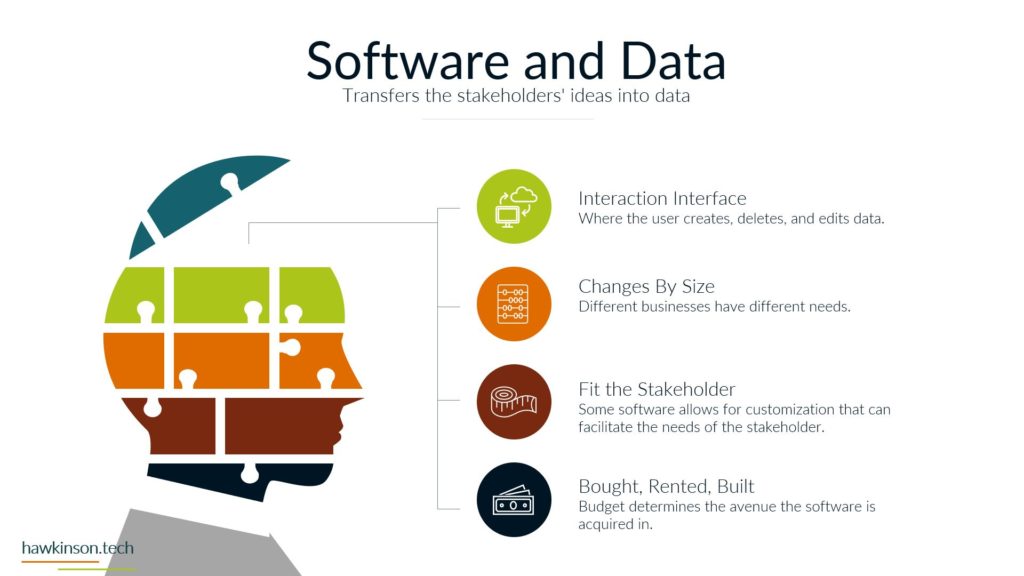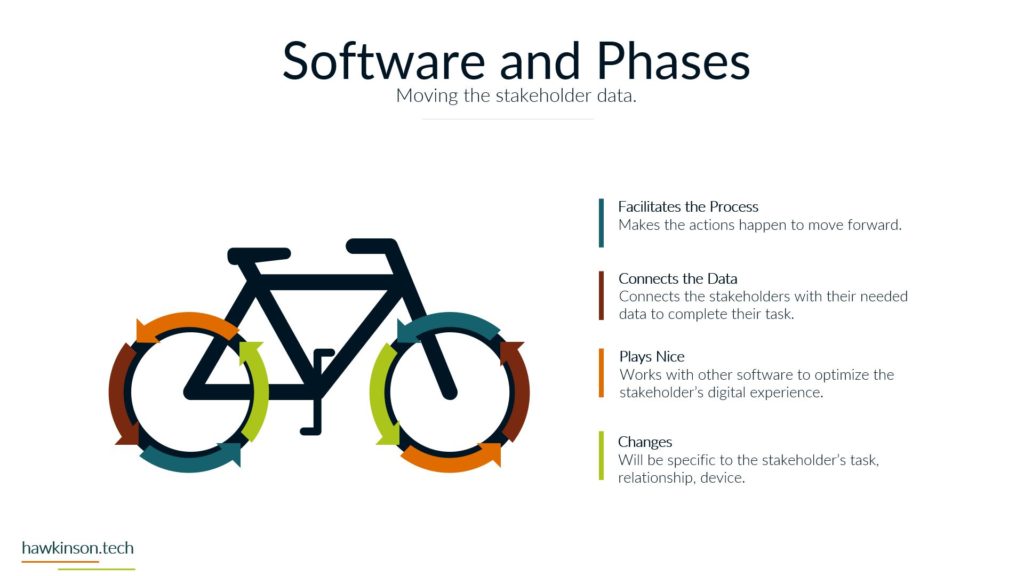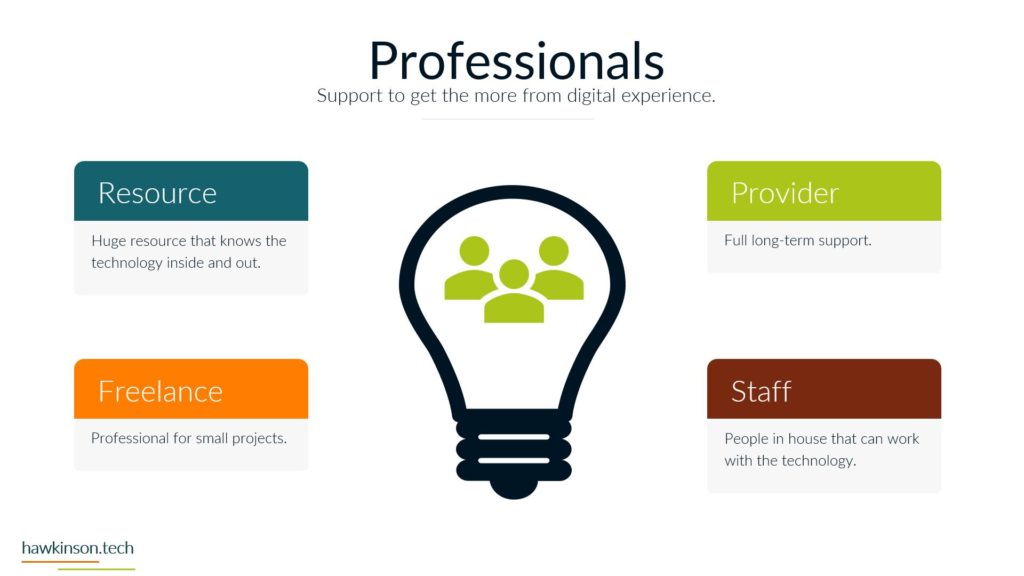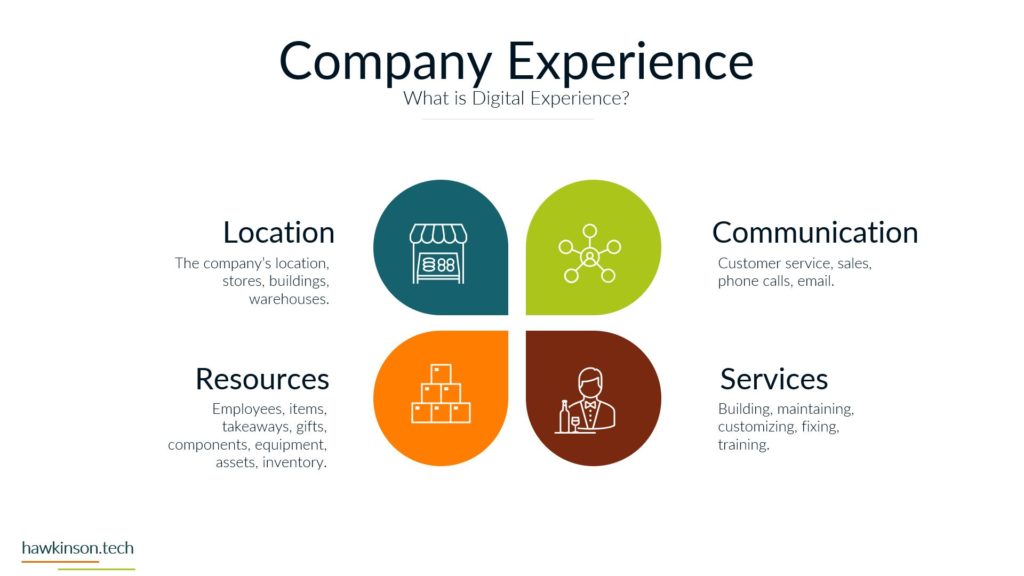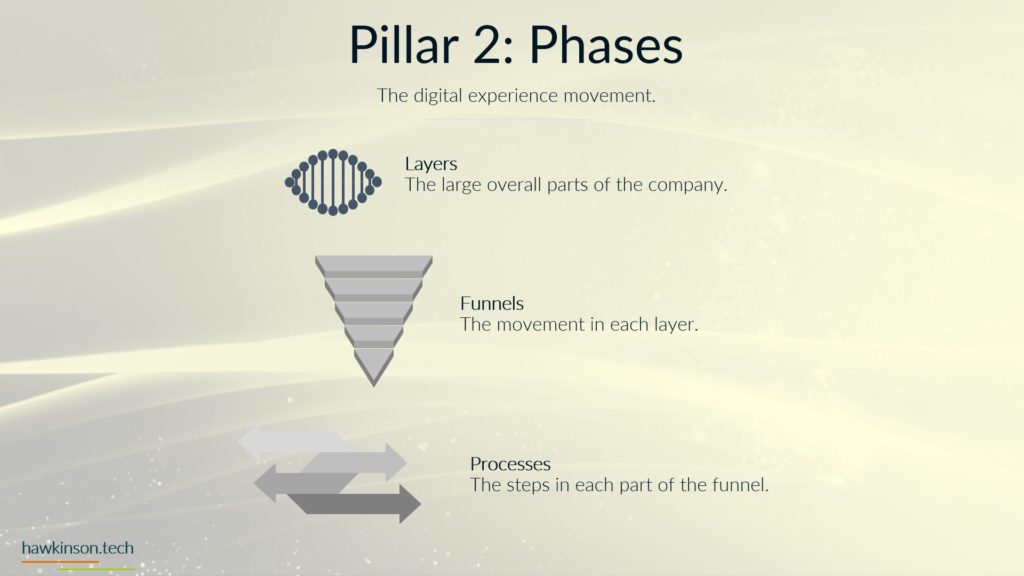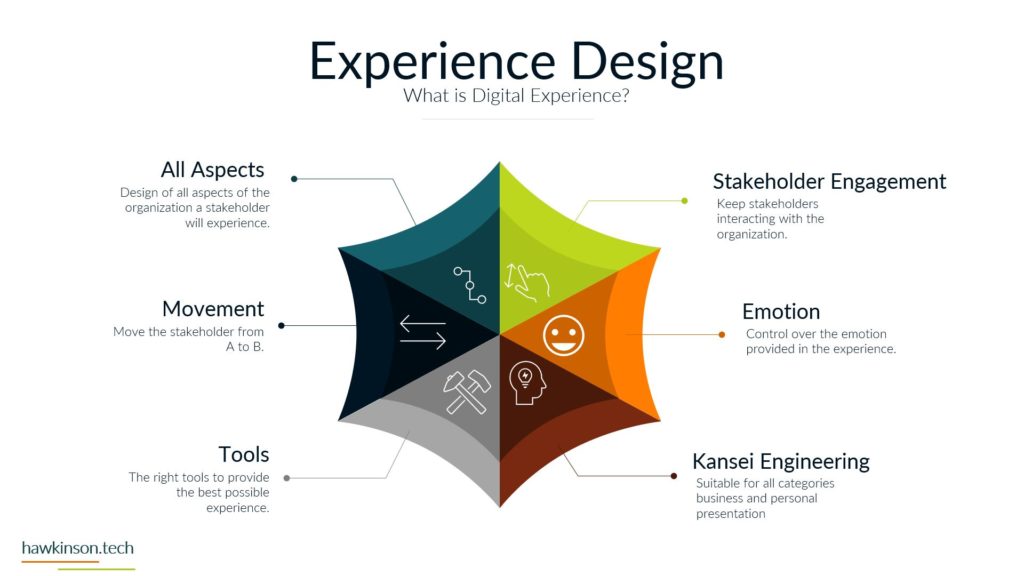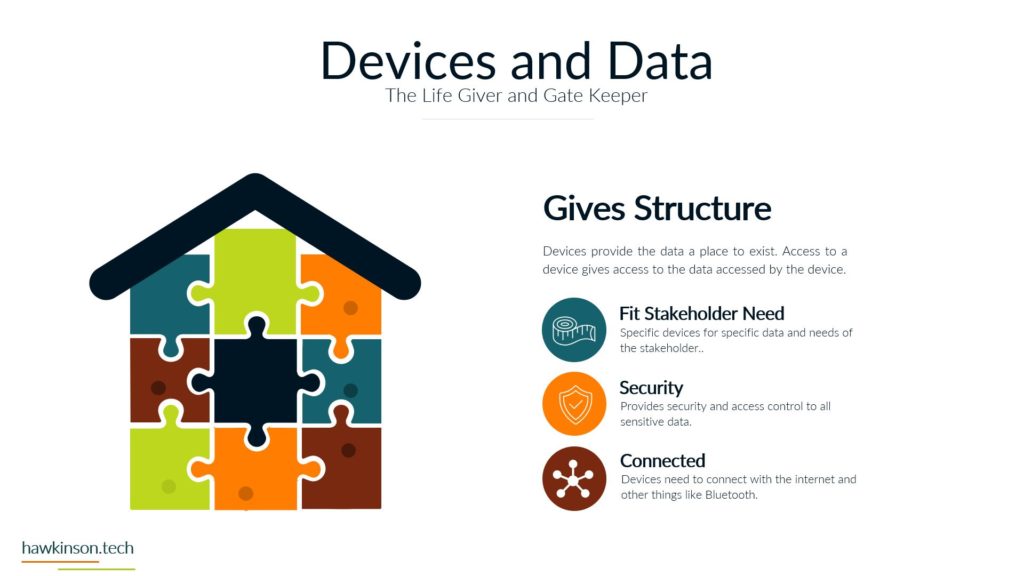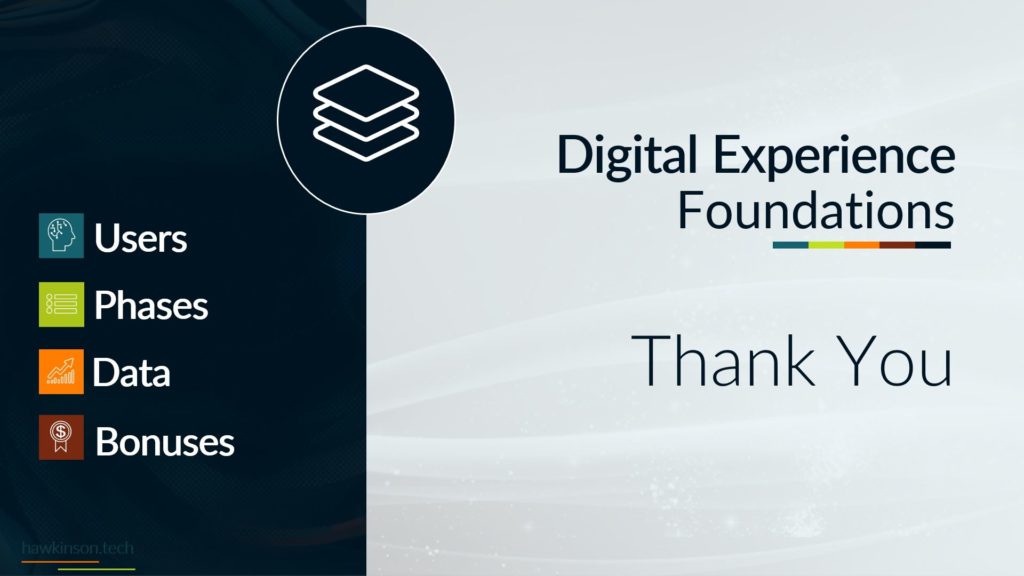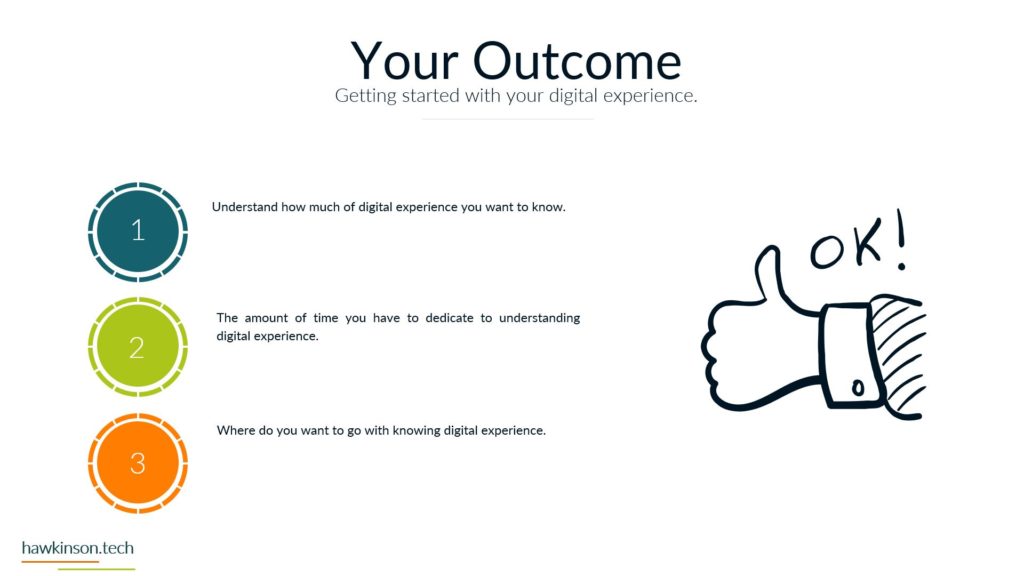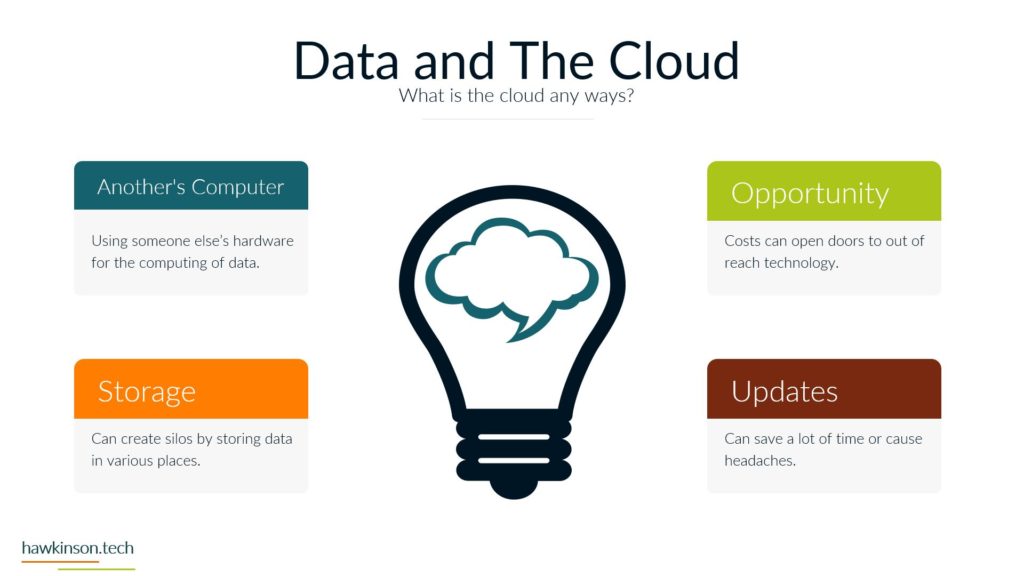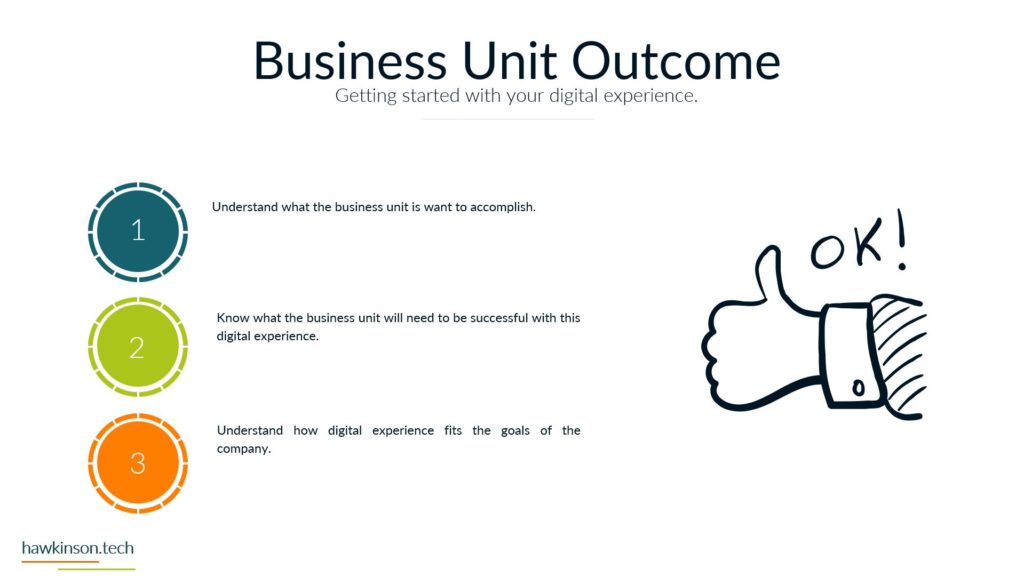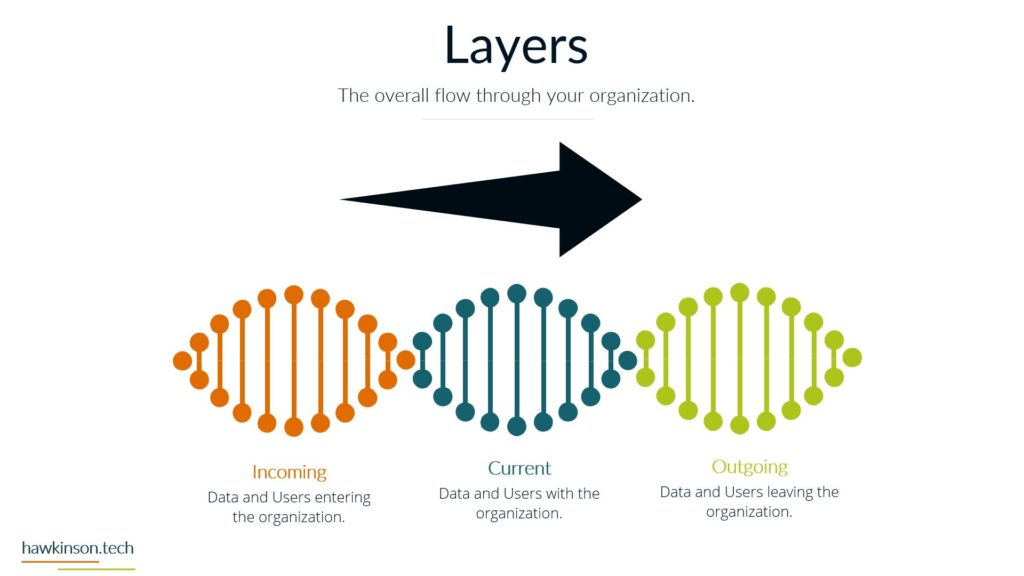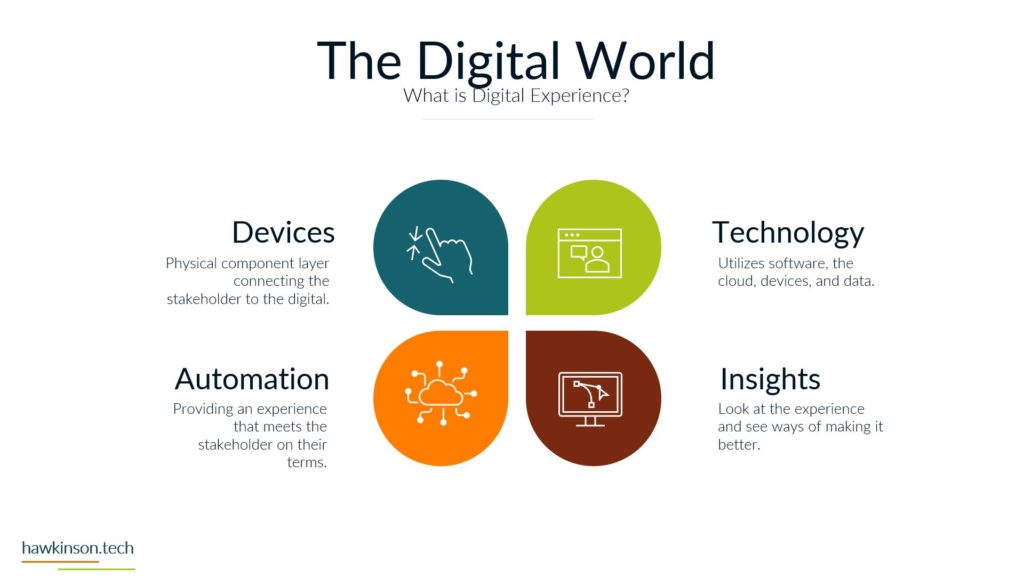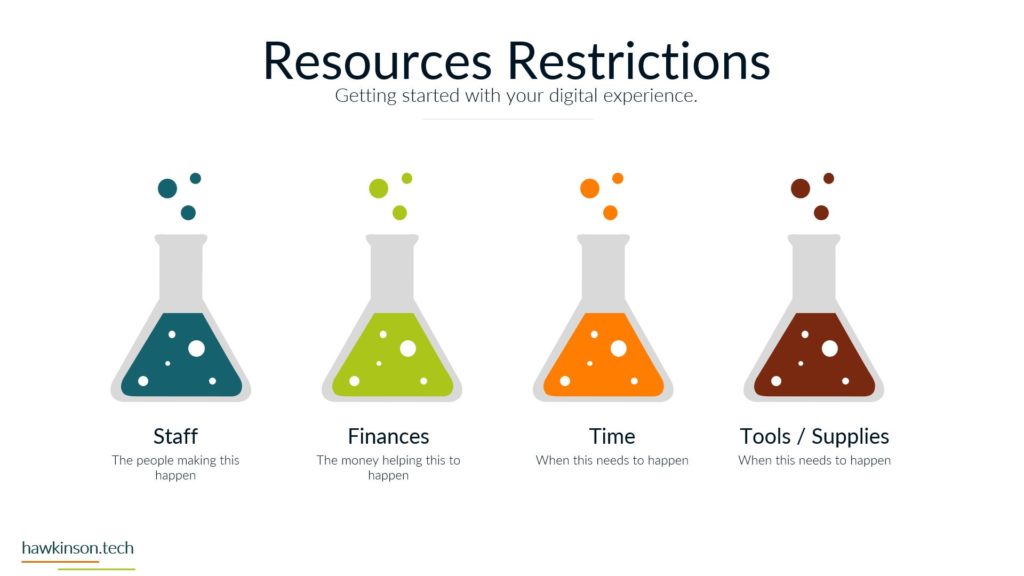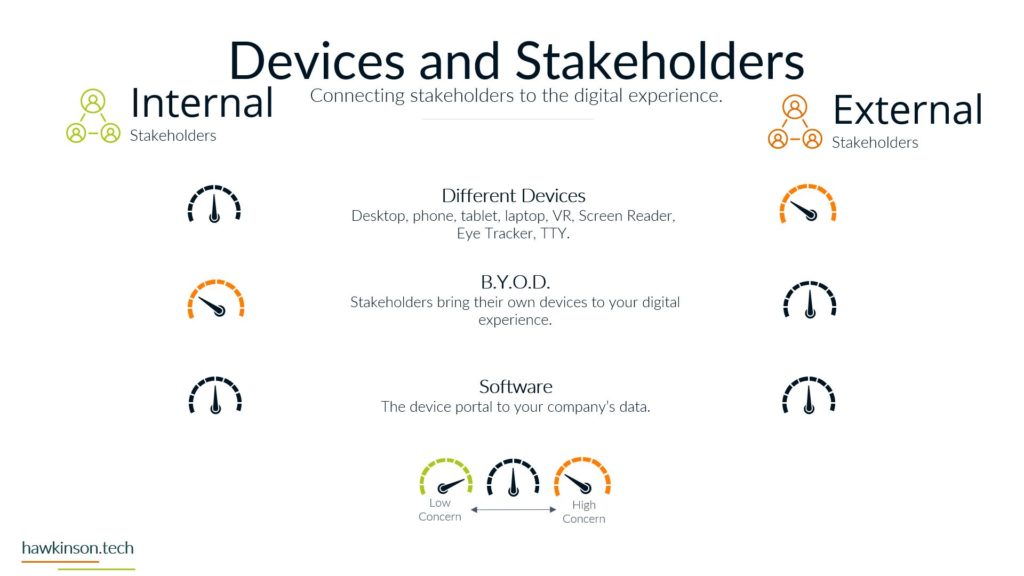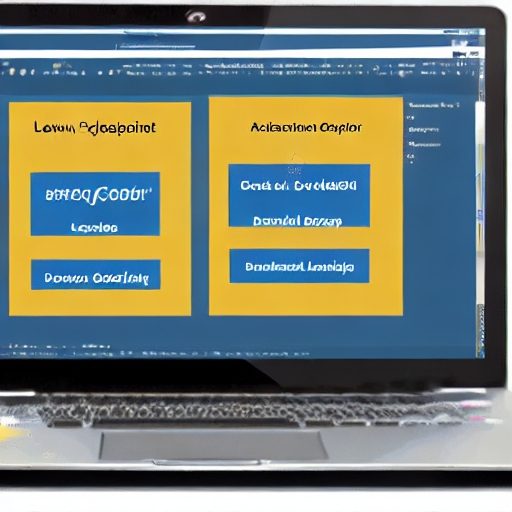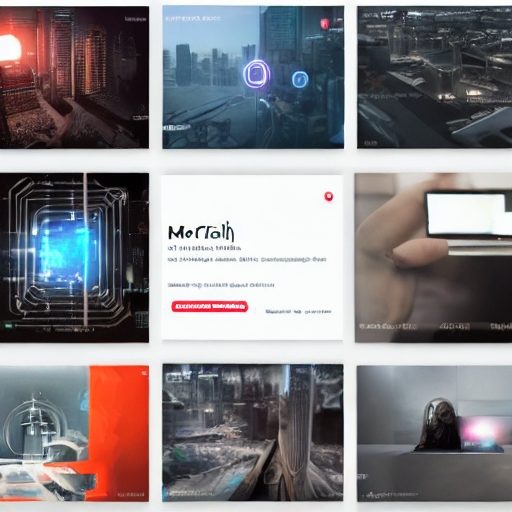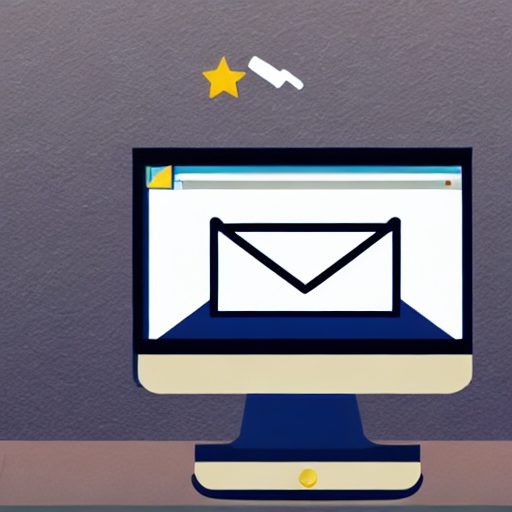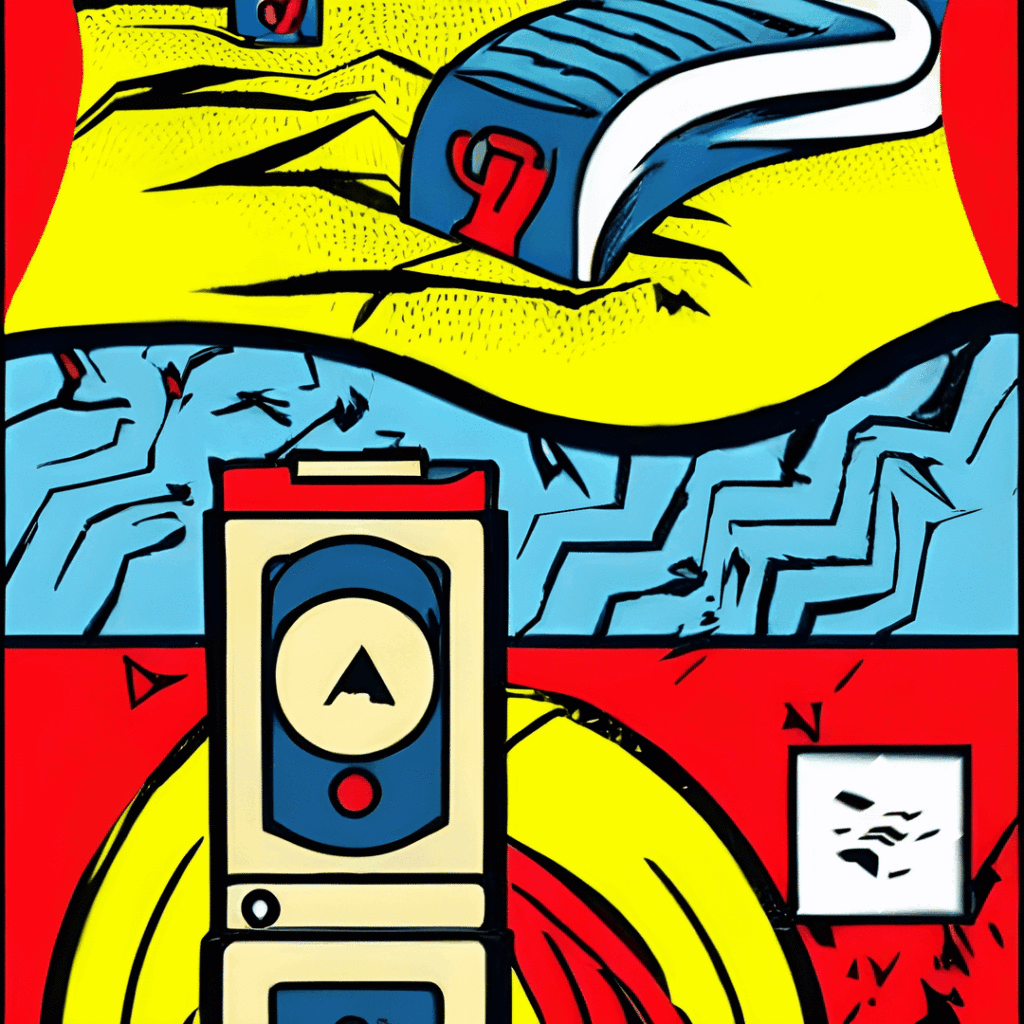In this part, we look at the different funnels moving users through an experience.
Digital Experience | Pillar 2 Phases | Lesson 2 Funnels
Follow Me Elsewhere:
Play Video
Play Video
So now let’s talk about the funnels. So all of our funnels are going to impact the internal and the external stakeholders. For our intensive purposes here, we’re going to kind of merge the mixed stakeholders in with external. So that’s why we’ll see suppliers and contractors there, but nonetheless all of the funnels. Will impact stakeholders regardless if their internal or external. Every single stakeholder goes through some sort of funnel. This funnel can be an employment funnel where we’re working to hire people or to upskill them such As for internal stakeholders or for external stakeholders. We have sales funnels which are quite popular, but then we also have onboarding sequences that we would use for suppliers and contractors and all of those could be broken down into funnels then. We can break those funnels down into individual processes. So in general, let’s take a look at what our funnel looks like. So the first thing we have is our top of the funnel. It’s going to be the widest part of the funnel. And at this point it’s really the kind of look at us or the just getting attention. If we were talking about an employment funnel that it would be a matter of getting a stakeholder to recognize the job offer with the company or maybe even. Before that where they’re at the part of the journey where they’re just discovering that the company even exists. Then we have our external stakeholders that would also be having a top of funnel, but this could be them finding the company through content and then looking at that to try and set up some sort of like sales with the company, you know, so maybe having the, the external stakeholder at the top of the funnel at the early stage or at the first layer might find blog posts. Of the company and then from there start to get intrigued with the blog post and then maybe start following the company and then use and work with some of the marketing materials to make their first purchase with the company. Same with the supplier, they might go out be finding the company. Once they have found the company then they look to start talking with somebody to see if there’s a good fit and work their way through the funnel. So after the get started or the look at US stage then we have our get started. Where we’re actually starting to kind of make things move. So this is kind of the next layer where we’ve gotten the attention now we’re starting to kind of get some some interactions going, then we have the getting interaction stage. So at this part of our funnel, we’re starting to have one of the stakeholders interacting with the organization. So we went from them just getting started and knowing us, then actually taking initial steps to interact with the brand. And once they’re interacting with the brand, then the next stage would be them, you know, making moves and actually doing more to accomplish the task. So for an internal stakeholder at this point, this might be when they’re going through the interview process for a sales type of funnel, this could be when they’re getting the product demo. Likewise versus supplier, this might be when they’re working with the company and presenting their material. And then at the end of the funnel, we essentially. The winning stage we have where the funnel has been completed and we’ve accomplished the tasks of the funnel. Now not all funnels are going to follow these exact five steps. Some might be longer, some might be shorter. This is more just kind of a guideline to understand and see the way that the funnels unfold and the different steps within them. So if we are looking at the incoming layer and looking at the funnel there. So we have internal and external stakeholders, but let’s take a look at how this incoming funnel could compare between an internal and an external stakeholder. So for our internal stakeholder, they might have just seen a job posting and so that’s got them interested and kind of exploring more with the company, seeing what it’s about. The external stakeholder at this stage likely saw blog post or some other piece of media that has peaked their interest in talking with the company. For the internal stakeholder, the next stage might be to go and respond to that job board postings. Maybe they put in an actual application and start down that road. For the external stakeholder, this would look like them joining an e-mail list. So they’ve read the blog post and now they’re signing up for the e-mail so they can start to learn more about the company and keep up to date with what’s going on. Going back to our internal stakeholder, the getting started stage would be about where they have their first interview. And they start to actually communicate with somebody at the organization. For the external stakeholder, this could look like them responding to an e-mail. That response could be them typing something out. It could be clicking a link in the e-mail that takes them to a landing page, or maybe even just responding to a survey, just depending on how the e-mail funnel is set up from there. So with our internal stakeholder at the making moves, this could be when they actually get the job offer. So they’ve gone through the interview. After finding the company and now they’re getting their job offer sent to them and they’re kind of starting down that road with the external stakeholder, they started to schedule a demo. So we’ve sent them the e-mail, they responded to the e-mail, and now they’re actually scheduling a demo to work with the sales Rep and move forward with the company and the winning stage. Our internal stakeholder would likely have accepted the offer. So now they’re starting to come on board with the company, which would actually move them into the second. Clear of the company because now they would be current and then we can look at what a funnel there looks like. The external stakeholder is now making the purchase. So the winning part here is that they have actually come through and they have purchased the product and are starting to work with the company as an actual user or an actual customer or client. So then we can move into the next stage of our layers. So now we’re going to be looking at the current layer with the company. Again, internal and external stakeholders, but now these stakeholders are actually working with the company. They have a relationship going and we’re looking at maximizing that relationship. So for our internal stakeholder, this can be things like a training course or maybe we’ve identified some upskilling opportunities or they have identified things that they would like to do. And as a quality company, we’re going to support them in that. So we’re going to start offering them training courses and helping them get upskilled and what it is they like to do. For the external stakeholder, this can be something like an upsell. So maybe we’ve seen that they signed up for some e-book of ours and now we want to send them some sort of other engagement, maybe like a coaching engagement or an implementation of sorts. For the next stage, the getting started. Our internal stakeholder may have started reviewing the course, so they’re charting to take a look at kind of what courses out there, what it would take to accomplish the course and starting to get familiar with what is expected of them. To kind of move about and get the training that they’re looking for, for the external stakeholder, this would mean looking at the upsell option. So seeing what the upsell is, seeing what it takes to accomplish, you know, like do they need to get financing? Do they need to set up more follow up phone calls? What would it take essentially for them to move to the next stage? And so at this point, they’re just getting familiar with those options. Those options could even include things like conversations with sales reps to make sure that there’s a good fit. Before moving to the next stage, at the getting started stage, our internal stakeholder is now starting to go through the course. So they’re starting to go through the material and getting familiar with it. Our external stakeholder who’s in our sales process is now working with the sales Rep and figuring out the different options of what it is that they need in order to continue in the buying process for the making moves our internal stakeholder. They’re now at a part in the funnel where they’re learning and getting to test their knowledge. So they’re starting to see what it is that they’ve learned and how they can start applying it and determine what it is that they’ve retained or what it is that they might need to go back and learn more about. For our external stakeholder, the making moves is likely getting a demo or getting a deeper hands on understanding with what it is that they are looking to do, what it is they’re looking to purchase. And get from the interaction with the organization. For our internal stakeholder at the winning stage, this will look like career growth. So they’ve gone through and they’ve learned a new skill, they’ve tested their knowledge on the new skill, and now they’re prepared to move to better places within their career advancement. For the external stakeholder, this would be them making the purchase. So now they have successfully purchased the upsell option and are continuing to work with the organization. And then at the current stage, this one would likely repeat, we would likely find other options that we could sell to the external stakeholder in order to get more revenue out of them and kind of maximize that revenue potential for the internal stakeholder. They’re likely going to keep getting trained and keep upskilling in their job and learning more skills that help them accomplish what it is that they need to do to be successful at their job. And So what we can see here is that there’s still a funnel that’s going on at the current level or at the current layer. It’s just that it changes between what is needed and expected from an internal and external stakeholder and you should be able to see that. Now in regards to how their relationship looks a bit different with the company, you see our internal stakeholders, we’re working with them to make them the best employees at the company, whereas with our external stakeholders, we’re looking to maximize revenue. And profits while building that relationship. So then we can move into our last layer, which is the outgoing layer. So again, we still have the same layers of the funnel. It’s just that at this point in our funnel, we are moving things and individuals or in this case stakeholders away from the organization. So for an internal stakeholder, the outgoing stage at the look at us would likely be they’re giving a notice. They’re, you know, letting everyone know that they are no longer going to be with the company or they’re moving to something else, maybe like a different position. Even with the external stakeholders that would likely be them starting the cancellation process and looking to show that they’re no longer interested in being a client or customer. And so then we can start other processes, you know, whether that is trying to retain them or making sure that if there’s anything we needed from them like if there was any. Passed bills or anything like that, that all of that is collected for internal stakeholder after they’ve given notice. The next stage is likely an exit interview where we start to talk to them about what happened, what went on, and what we can do to change that. Similar with the external stakeholder is retention. In this case, we’re wanting to see if there’s things that we can change and possibly keep that relationship going depending on the organization that can be making them special offers. So we could go back into an up solar cross cell or it might just be interviewing them to get an idea of what happened in the relationship and the steps that can be made to change it and prevent that from happening in future clients with the getting interaction stage and our internal stakeholder is we might look to make sure that we’re starting to retain company data. See, we know that the user is leaving, we’ve had the exit interview with them, but now we want to make sure that the items that the company has or any. Data documents that the company have that they’re retained, that in this process the user isn’t going to do anything that could cause harm to the company. Not saying anyone leaving a company is malicious, but just something to be aware of that when somebody’s leaving the organization, there’s likely things we need to consider getting back or protecting from them. For the external stakeholder this point it could be an exit survey. So we’ve gone through the retention attempt. We wanted to see what happened in the relationship. Now we’ll go ahead and. Follow up with a survey and collect that data to see what happens. To be honest, that could happen kind of similarly where the retention agent might have that conversation and then also perform the exit survey. Likewise, it could be something at a completely different stage, but nonetheless we’re kind of moving through a process and that is accompanying other processes to actually make things happen, like sending out the exit survey, filling it out and then seeing what data we get. So looking back at our internal stakeholder, the next stage would be making sure that we get the equipment back, that we have everything returned, we have all of the documents accounted for. If we issue them any equipment, we have all of the equipment back for the external stakeholder. At this point, if they’re continuing to leave with the company, then it could be, you know, processing the cancellation. So making sure that we’re starting that process of making sure we have everything covered that. Any materials we need from the external stakeholder or if there’s any offboarding or any processes that need to be covered in this part that all of that is taken care of. And then the last stage for our internal stakeholder would be them moving on. So they are now in another job and likely just no longer with the organization and with the external stakeholder, it would be a very similar process that at this last stage, they would no longer be with the company. They would have processed their cancellation and they would essentially be moving on. So as you can see in each of the different layers we have funnels. Those funnels can vary between internal and external stakeholders, but they can also be very similar and how it is that we are moving somebody from one place to the next. And as they move down each of these different steps in the funnel, there’s different processes that would be related to that different step. And so the next thing we’re going to talk about is some things to look for in a process to help when understanding a company experience, especially in a digital world.
Related Content
More Content
A low-code development platform allows developers to create applications with minimal coding. Read here to learn what to look for in a development platform.
Cyberattacks and threats are increasing daily, and business must protect their websites and clients by installing the best WordPress security plugins available.
Email marketing tools and software have become the new norm for all businesses today. Here are the essential qualities you should look for in your chosen tool!
Plugins are a crucial component of the WordPress ecosystem for WordPress websites to function. Using plugins allows you to save time and access some unique features. Plugins may be quickly installed and set up, saving developers
In today’s digital landscape, organizations must prioritize building exceptional experiences to compete and thrive. This article explores the concept of the experience economy, highlighting the importance of competing on experience and charging for experiences. It emphasizes
Discover the power of data in shaping the digital experience and how businesses can leverage it to create personalized, engaging, and meaningful interactions. Explore the role of data collection, storage, analysis, and monetization in driving customer
A call to action (CTA) is crucial in email marketing for generating engagement and driving conversions. A well-crafted CTA provides clarity and purpose, guiding recipients on their next steps. It also allows for measuring campaign effectiveness
Email marketing offers businesses increased reach and engagement, making it a powerful tool for driving growth. With email campaigns, businesses can reach a wide audience globally, achieve higher open and click-through rates, and personalize their messages
Discover the best email marketing practices and strategies to create effective email campaigns. Learn the importance of personalized welcome messages, personalization tokens, and segmentation. Keep your CTAs above the fold for maximum impact and keep your
